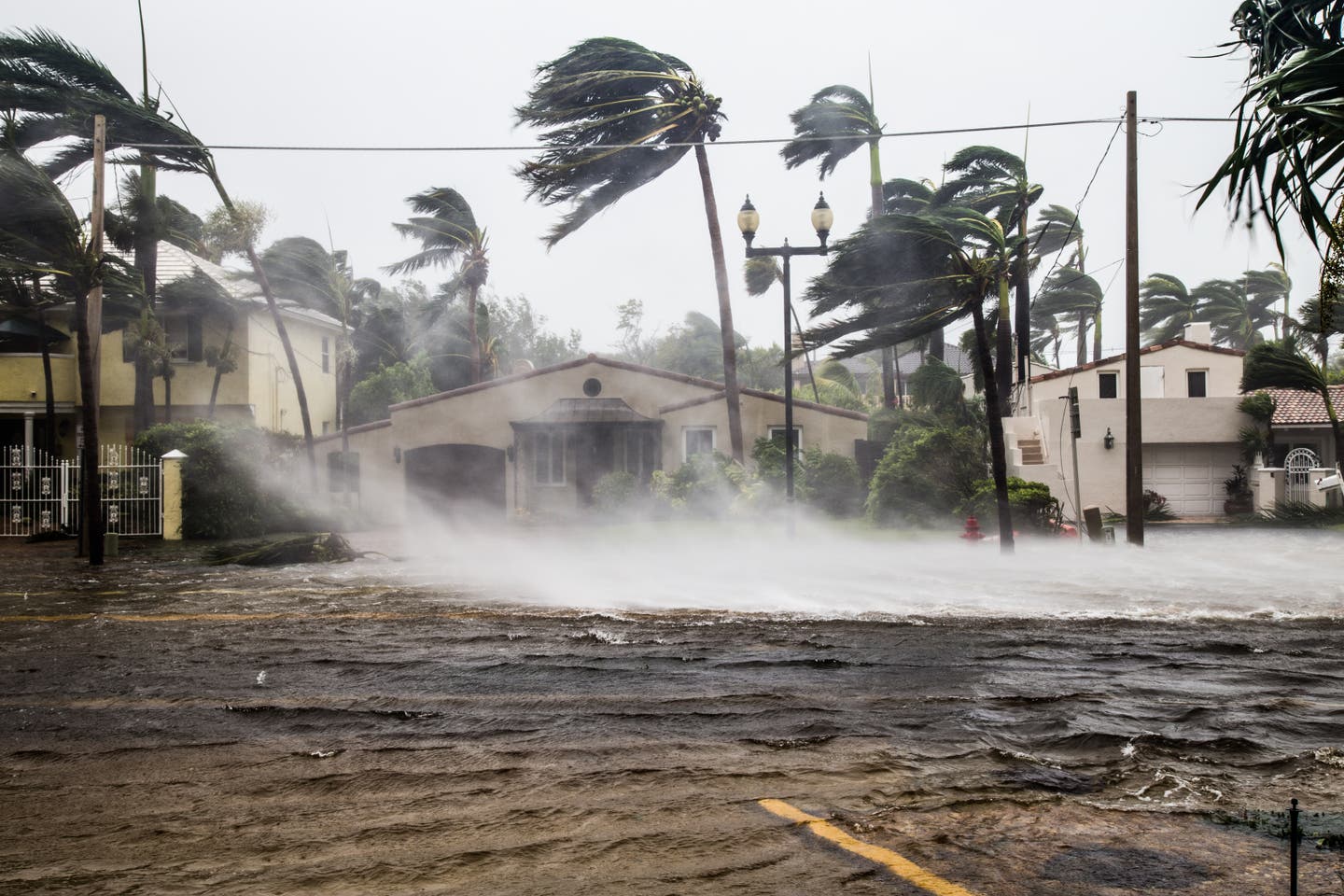
Hurricanes can be devastating, causing costly damage and tragic loss of life. Thankfully, there is usually a significant warning period before one makes landfall, and numerous analyses of where it might set down. This article provides helpful information on these large-scale natural disasters, so you can be better prepared if you live in a region prone to hurricanes.
Which Hurricane Zone Do You Live In?
Hurricane season differs according to location—namely, the Atlantic, Pacific, or Central Pacific. The Atlantic Ocean hurricane season runs from June 1st to November 30th, while the Eastern Pacific Ocean hurricane season lasts from May 15th to November 30th. The Central Pacific, where Hawaii is located, experiences hurricane season from June 1st to November 30th. However, it’s important to note that hurricanes can occur outside of these official windows designated by NOAA’s Atlantic Oceanographic and Meteorological Laboratory.
Hurricane vs Tropical Storm
It often seems like the news refers to both hurricanes and tropical storms interchangeably. But what exactly is the difference? It all comes down to wind speed, but first, it’s important to establish the term “tropical cyclone” a generic name for a low-pressure system formed over tropical waters, with thunderstorm activity near its symmetrical core.
The progression to a hurricane (or typhoon, as it’s known in certain parts of the world) looks like this:
Tropical disturbance: same as a tropical storm, but lacks a closed circulation
Tropical depression: wind speeds equal to or less than 39 mph, but with a closed circulation
Tropical storm: wind speeds between 39 and 74 mph; is given a name at this point
Hurricane/typhoon: wind speeds in excess of 74 mph
Once the status of tropical storm or hurricane is reached, it can be measured on the Saffir-Simpson Scale, where there are five levels. The categories are:
Category 1: 74-95 mph
Category 2: 96-110 mph
Category 3: 111-129 mph
Category 4: 130-156 mph
Category 5: 157+ mph
Hurricanes are Predictable
The warmer the water, the stronger the hurricane. In fact, hurricanes are formed by converging winds and ocean water of at least 80 degrees Fahrenheit. That’s why hurricanes most frequently occur in the south, especially in the summer when the water is warmest, and the air is moist.
Keep in mind that just because a hurricane is bigger, it doesn’t necessarily mean it will cause more storm damage. Wind speed and flooding are the primary causes of destruction, so a small, intense Category 3-5 hurricane could very easily cause more damage than a larger, Category 1 or 2 hurricane.
Which States Get the Most Hurricanes?
Florida receives the most hurricanes, while nearby states, such as Louisiana and Texas, are also frequently hit. The Carolinas, particularly North Carolina, are also susceptible. Despite these statistics, the Western coastal states are also at risk, and especially strong hurricanes can cause destruction as they move inland and become depressions over land. In other words, non-coastal states can experience hurricane damage such as flash flooding and storm surges.
Just like tornadoes, there are both hurricane watches and hurricane warnings. The difference? A hurricane watch indicates that hurricane force winds are possible due to current conditions. These are issued 48 hours in advance of the expected start. Conversely, a hurricane warning indicates that hurricane force winds are expected within a specified area, in association with a tropical cyclone. These are issued 36 hours in advance of the expected start. The National Hurricane Center maintains a Glossary of Terms used in weather forecasts, which may be useful when watching your local weather channel.
Planning for a Hurricane is Essential
It's important to stay informed. Watch both local and national weather since hurricanes can abruptly change or divert off their expected path. Make sure you have a plan of action in place so you and your loved ones can stay safe during severe weather. And always keep your home or place of business fortified and prepared for wind and water damage that can come from these intense storm systems.
Hurricanes, although certainly destructive, can be planned for and safely avoided with enough advance notice and preparation. For the latest up-to-date information on current hurricane activity, visit the National Hurricane Center.
And remember, SERVPRO® is always available if you experience water damage from flooding, storm damage, fire, or other property damage.